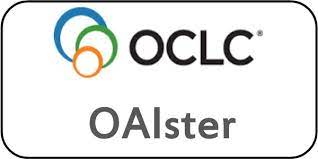Effectiveness of Glimepiride and Metformin in Managing Long-Term Type 2 Diabetes in the Indian Population
DOI:
https://doi.org/10.59793/0rmge593Keywords:
Type 2 diabetes mellitus,, ADA,, glimepiride/metforminAbstract
Type 2 diabetes mellitus (T2DM) is increasingly prevalent and associated with
increased risk for cardiovascular and renal disease. Therefore, right selection of antidiabetic
medications is one of the important tools for managing cardiovascular disease in people with
diabetes. American Diabetes Association (ADA) recommends use of combination therapy
for better management of T2DM. Objective: The purpose of this study was to elucidate the
effectiveness of glimepiride and metformin in long-duration T2DM, with or without other oral
hypoglycemic agents (OHAs), in the Indian setting. Material and methods: A retrospective,
multicenter, observational, case-based questionnaire survey was conducted at multiple health
care facilities in India using the medical records of T2DM patients who were prescribed various
glimepiride/metformin strengths. Results: This retrospective observational questionnaire-based
analysis comprised 5,097 T2DM patients in total. The mean (±SD) age of patients having diabetes
for ≤10 years and >10 years are 51.6 ± 11.54 and 59.75 ± 12.47 years, with BMI 28.47 ± 4.64, and
29.35 ± 5.05 kg/m2, respectively. The majority (66.54%) of patients came from the less affluent
category. Combination of glimepiride/metformin was given to about 4,143 patients in various
doses as first-line therapy, and 954 additional patients received the combination in various doses
as second-line therapy. About 2.8% of the patients (p = 0.001) complained of hypoglycemia.
It was observed that combination therapy of glimepiride and metformin was significantly
effective in achieving glycemic control among patients with T2DM for long duration. The study
also showed that the drug combination was found to be effective in 95.4% (p = 0.001) patients
and well-tolerated in 95.05% (p = 0.001) patients, hence the combination was rated by physicians
as good to excellent. Conclusion: This study demonstrates the effectiveness of glimepiride and
metformin, both individually and in combination with other OHAs. In Indian patients with
T2DM, the combination of glimepiride and metformin resulted in satisfactory glycemic control
and was well-tolerated.










